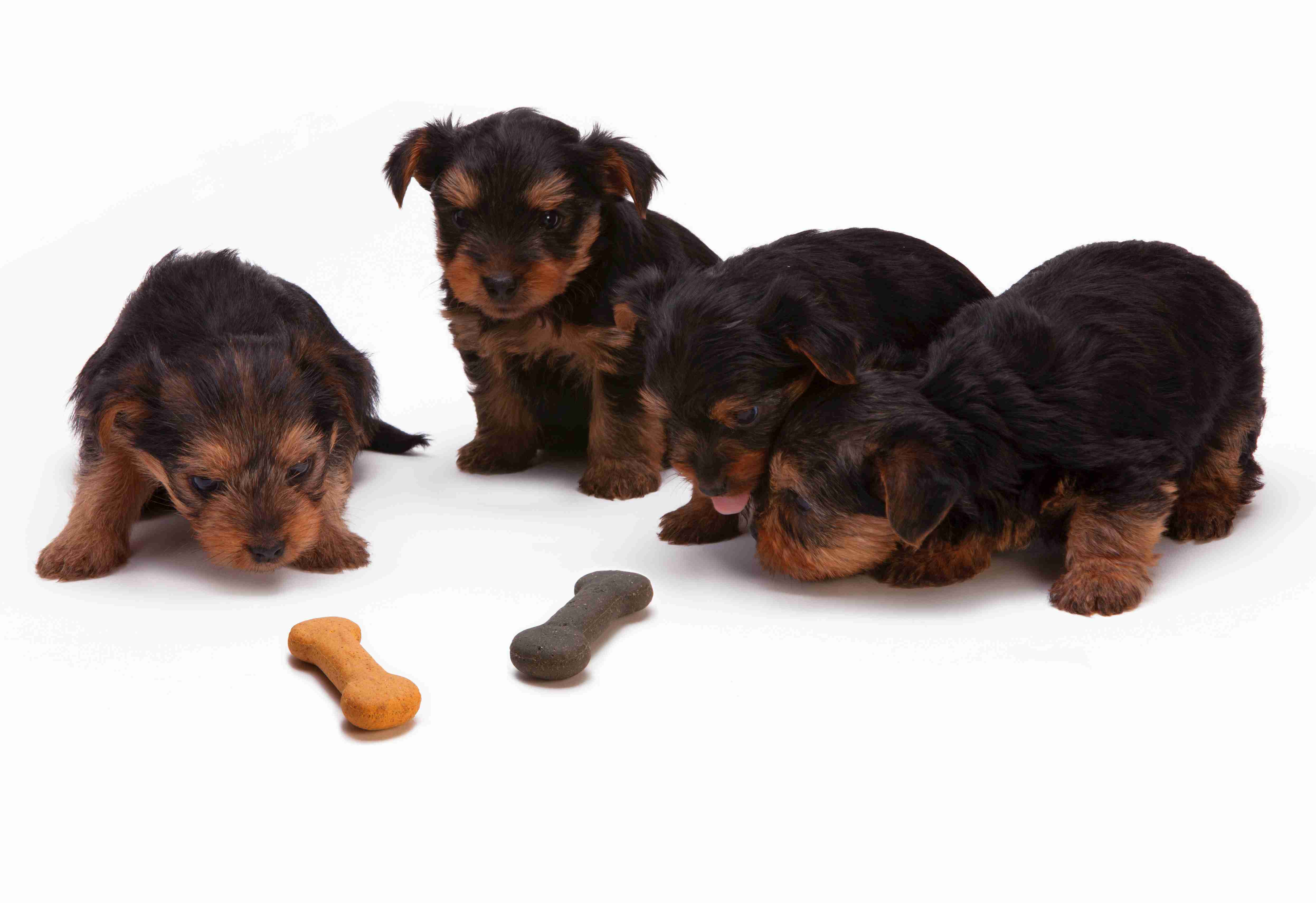Dogs are known for their wagging tails, and it’s often a sign of joy and excitement. Whether your furry friend greets you at the door or meets a new dog in the park, their tail is sure to be wagging. But, have you ever wondered why dogs wag their tails when they are happy? Understanding canine body language can give us insights into our furry friends and their emotions. In this blog post, we’ll explore the reasons behind this tail-wagging behavior and what it means for your dog’s communication skills. So, let’s dive in and decode the mystery behind the happy tail wag!
Why Do Dogs Wag Their Tails When Happy: Understanding Canine Body Language
Dogs have long been known as man’s best friend. They are loyal, loving, and always eager to please. But, have you ever wondered why dogs wag their tails when they are happy? This behavior has fascinated dog lovers for centuries, and there are many theories as to why dogs wag their tails. In this blog post, we will explore the science behind this behavior and understand canine body language.
The Science of Tail Wagging
Tail wagging is a complex behavior that involves many different parts of a dog’s body. When a dog wags its tail, it is actually using its tail as a communication tool. The wagging of the tail is a way for the dog to express its emotions and communicate with other dogs and humans.
The position of the tail and the speed at which it wags are both important factors in understanding a dog’s body language. For example, a high tail wag indicates that the dog is alert and interested, while a low tail wag indicates that the dog is relaxed and calm. A slow tail wag indicates that the dog is uncertain or hesitant, while a fast tail wag indicates that the dog is excited or happy.
Why Do Dogs Wag Their Tails When Happy?
The most common reason that dogs wag their tails is when they are happy and excited. This is because the wagging of the tail releases endorphins in the dog’s brain, which makes them feel good. It is also a way for the dog to express its joy and excitement to its owner or other dogs.
However, tail wagging is not always a sign of happiness. Dogs also wag their tails when they are anxious, scared, or aggressive. It is important to understand the context in which the tail wagging is occurring to properly interpret a dog’s body language.
.jpg)
Interpreting Canine Body Language
Understanding canine body language is essential for any dog owner. It can help you to understand your dog’s emotions and prevent potentially dangerous situations. Here are some tips for interpreting your dog’s body language:
- Look at the position of your dog’s tail. A high tail indicates that the dog is alert and interested, while a low tail indicates that the dog is relaxed and calm.
-
Observe the speed of your dog’s tail wagging. A slow tail wag indicates that the dog is uncertain or hesitant, while a fast tail wag indicates that the dog is excited or happy.
-
Watch your dog’s ears. Ears that are forward and perked up indicate that the dog is alert and interested, while ears that are flat against the head indicate that the dog is scared or submissive.
-
Pay attention to your dog’s body posture. A dog that is standing tall with its chest out and head up is confident, while a dog that is cowering or hunched over is scared or submissive.
Conclusion
Overall, tail wagging is a complex behavior that involves many different parts of a dog’s body. It is a way for dogs to communicate their emotions and express their joy and excitement. However, it is important to understand the context in which tail wagging is occurring to properly interpret a dog’s body language. By understanding canine body language, you can better understand your dog’s emotions and build a stronger bond with your furry friend.
In conclusion, understanding dog body language is crucial for building a strong relationship with your furry friend. And, as we’ve learned, tail wagging is just one of the many ways dogs communicate their emotions. By paying attention to their body language and responding appropriately, you can strengthen the bond between you and your pup, and enjoy a happier, healthier life together. So, keep wagging those tails, and keep communicating with your beloved furry friends!
Please follow us on Social Media


.jpg)
.jpg)

%20-%20Copy%20-%20Copy.png)


